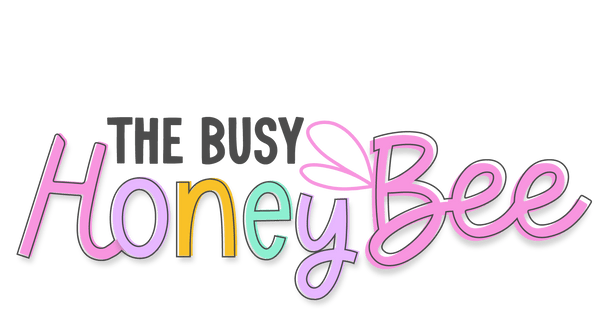Fabulous teaching resources and great customer seveice. Thank you 😊
I have purchased many power points from this site and it aligns well with the syllabus. I love the links that help make the lessons more interesting. It's easy to adjust or add to slides. I am a great fan as it makes it easier to prepare for my teaching cycle.
Always great value for money. Easy to add or hide slides not needed.
As usual amazing, quality, easy to use Slides with hyperlinks to additional resources. These resources are time consuming to develop and create and worth the money in saving your own time and effort but still having an amazing product for your students.



























